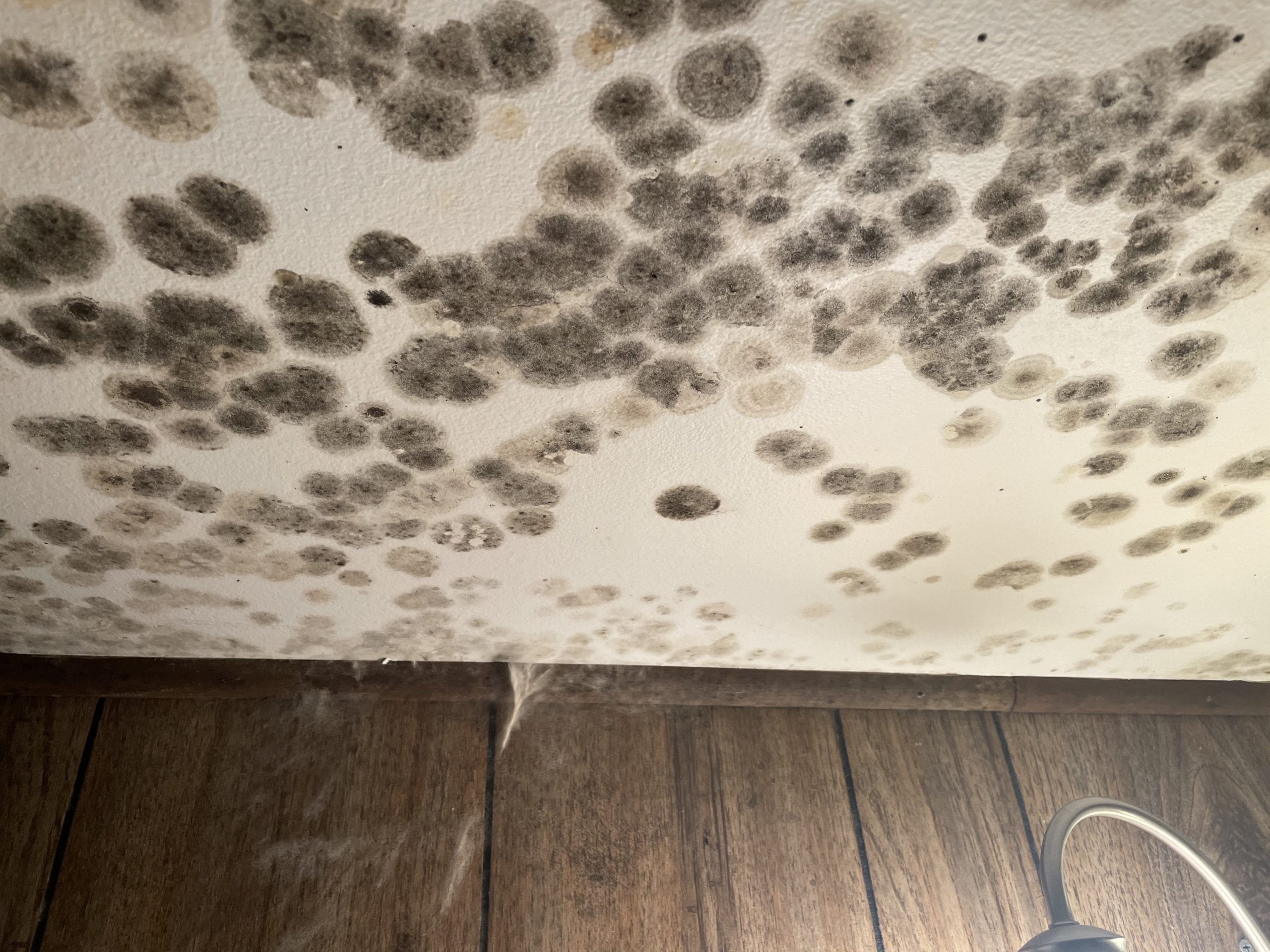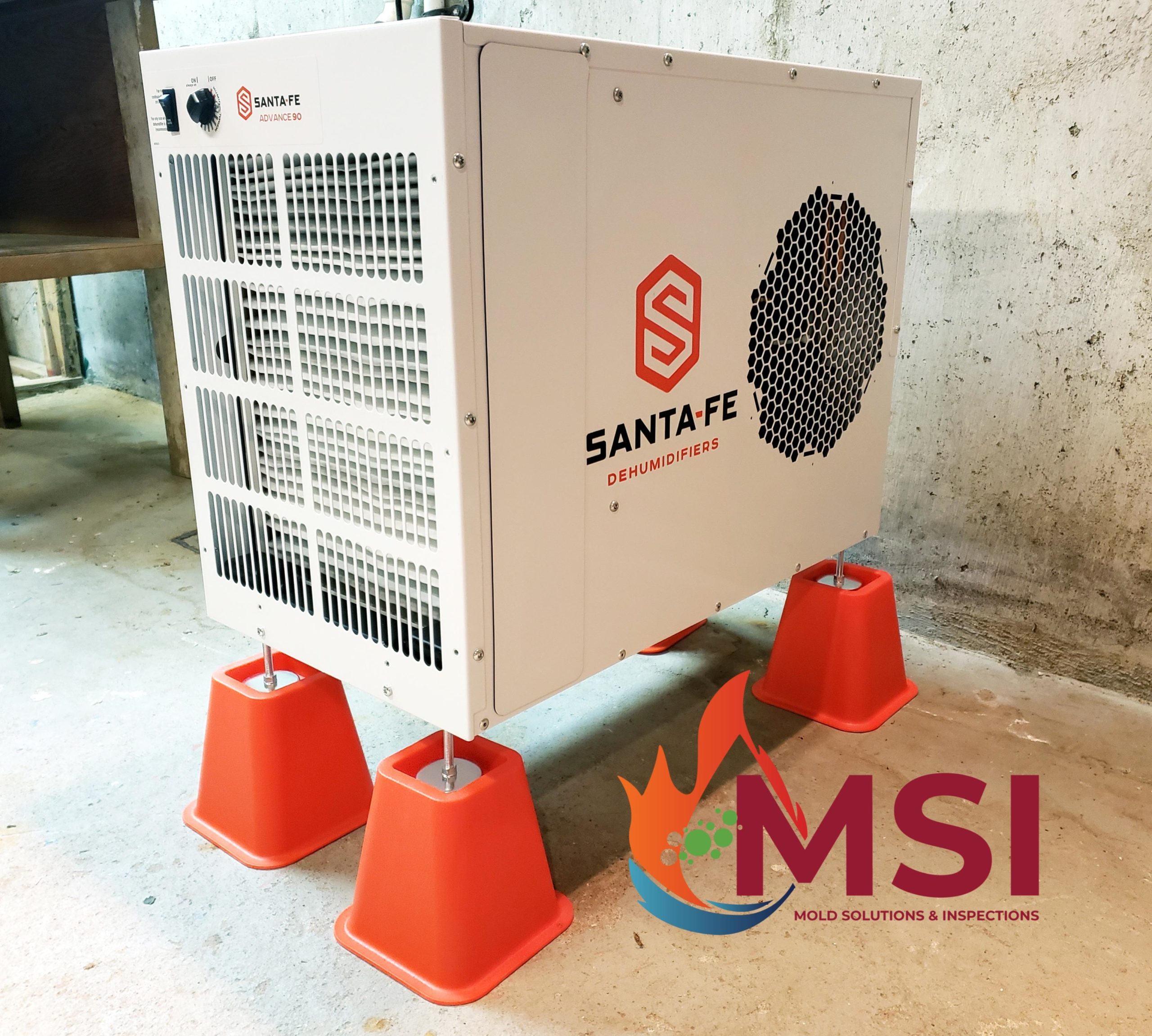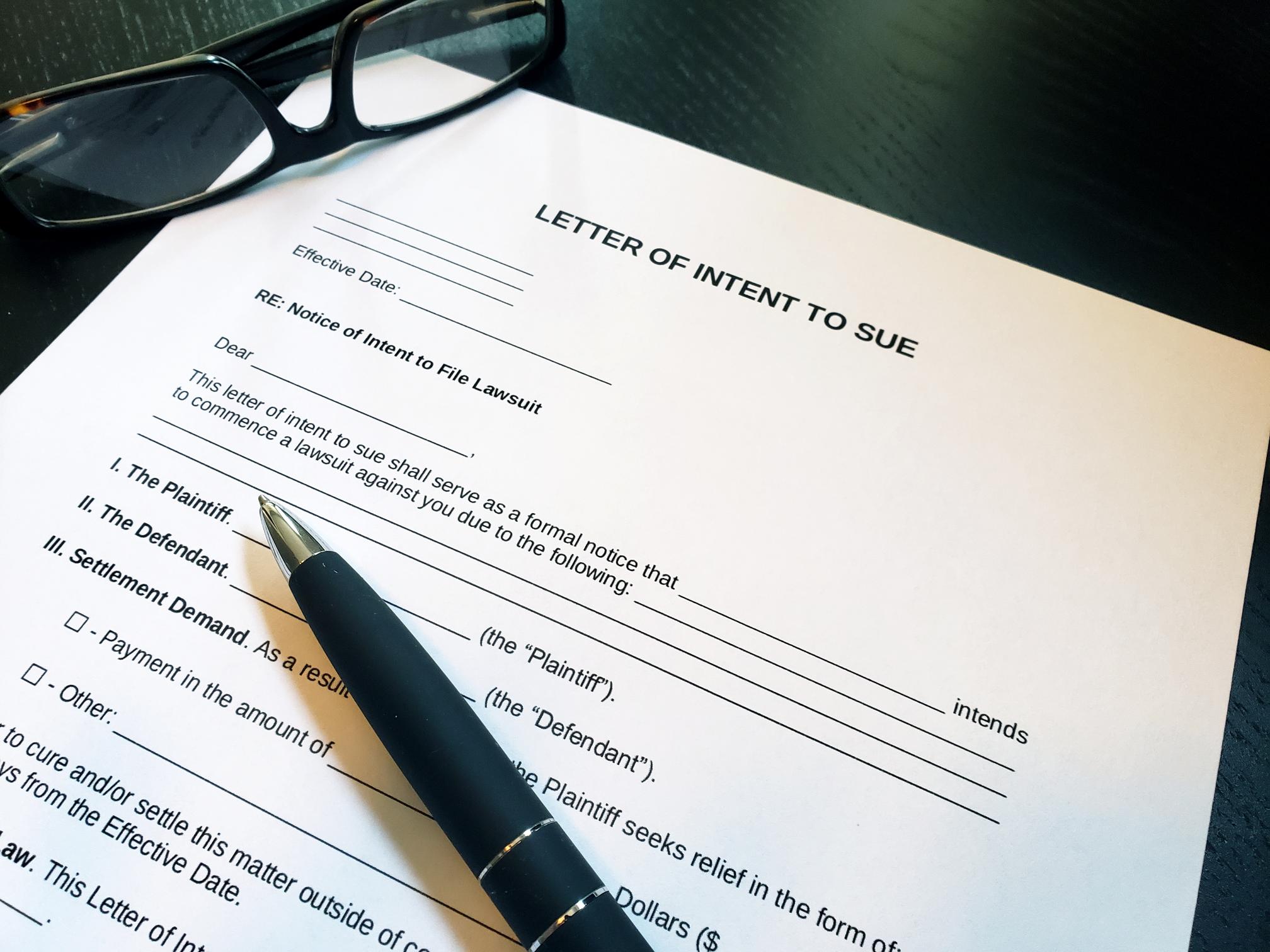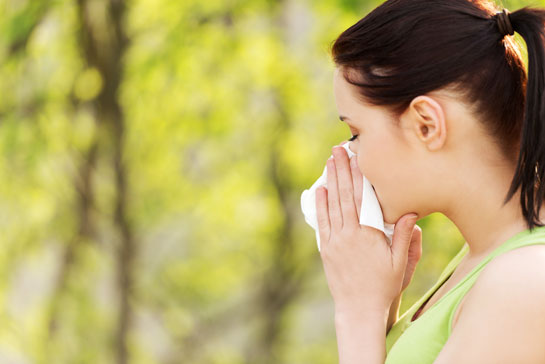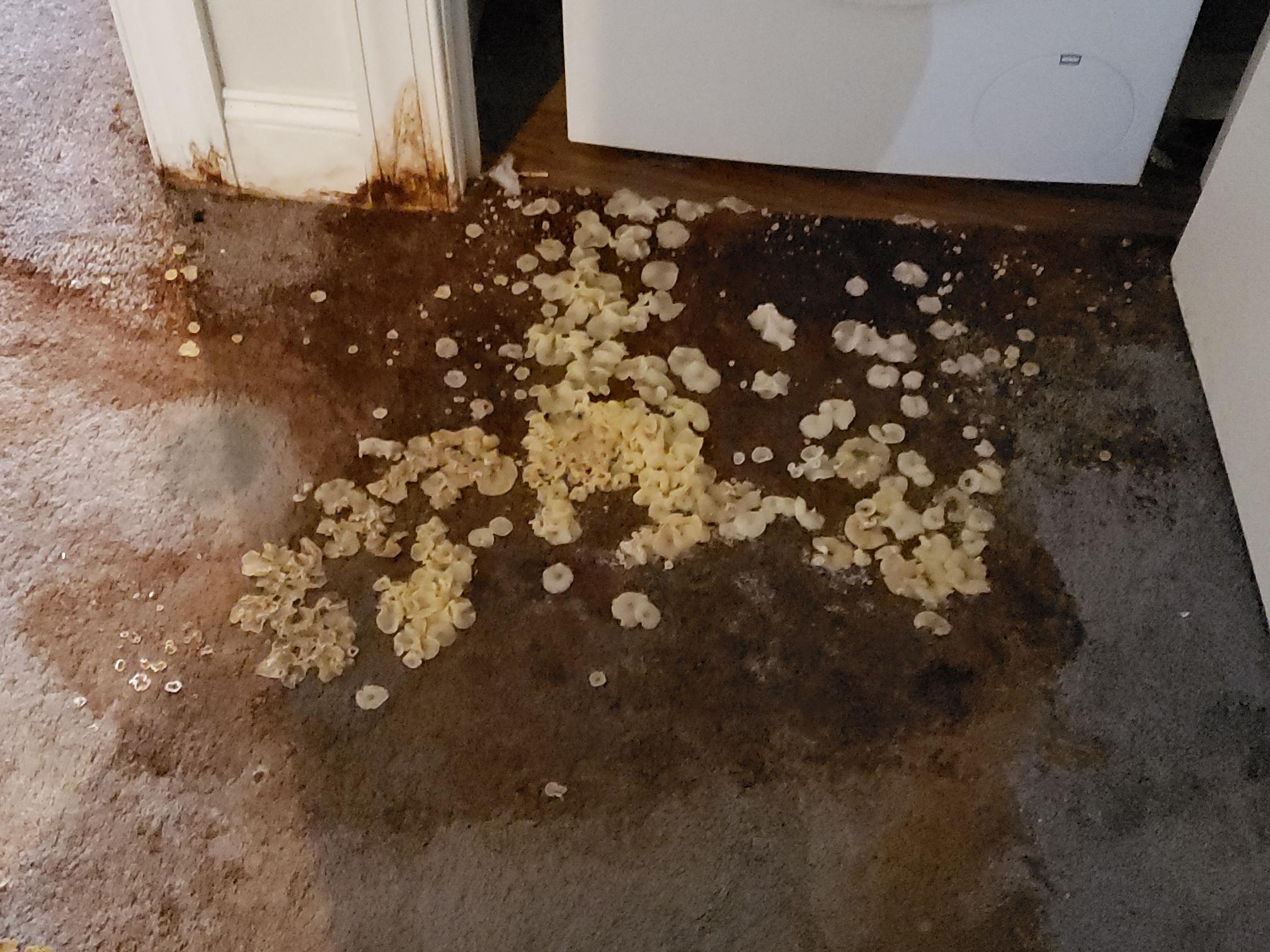If you experience seasonal allergies, then you’re all too familiar with itchy, watery eyes, congestion, sneezing, runny nose and scratchy throat that occurs in the spring and summer. But if your symptoms are lingering throughout the year, it may be deeper issue like a mold allergy. While many of the symptoms of seasonal allergies and mold can often overlap, you can often tell which is the source of your symptoms by when you have them. Seasonal allergies typically occur between late February and early September, while mold allergies can occur all year-round. While ragweed season is also a common cause of symptoms, which occurs between late summer and mid-fall.
Also, seasonal allergies usually affect people when they are outside or have their windows open, while mold allergies usually affect people when they’re inside and have their windows shut. This would be similar to “sick building syndrome” where a person goes to work and their hay fever like symptoms are triggered but then they return home, they’re fine, only in reverse. If you experience problems when spending time indoors — especially in the bathroom, kitchen, laundry room or basement — they’re probably due to mold.
If you’re diagnosed with a mold allergy, it’s important to take care of your home to prevent mold from growing and causing symptoms, which can worsen over time and even trigger asthma attacks. Water damage and high levels of humidity are the two most common ways mold can grow in your home and begin to adversely affect your health. You can significantly reduce your chances of mold in your home by following these help tips:
To Reduce Mold in Your Bathrooms:
- Use an exhaust fan or open a window in the bathroom during baths and showers.
- Remove bathroom carpeting from places where it can get wet.
- Scour sinks and tubs at least monthly. Fungi thrive on soap and other films that coat tiles and grout.
- Quickly repair any plumbing leaks.
To Reduce Mold in Your Kitchen:
- Clean garbage pails frequently.
- Clean refrigerator door gaskets and drip pans.
- Quickly repair any plumbing leaks.
- Use an exhaust fan when you are cooking or washing dishes.
To Reduce Mold in Your Laundry Area:
- Remove clothes from washing machine promptly.
- If you have a front-loading washing machine, clean the rubber seal and inside of the door. Leave the door cracked open when the machine is not in use.
- Don’t leave wet, damp clothes sitting around.
- Make sure your laundry area has good air circulation.
- Regularly check the water discharge and water feed lines to ensure no leaks or water damage.
To Reduce Mold in Your Bedrooms:
- Polyurethane and rubber foams seem especially prone to fungus invasion. Use plastic covers on bedding made from these foams.
- Throw away or recycle old books, newspapers, clothing or bedding.
- Check windows for condensation (water droplets or mist).
- Improve air flow through your bedroom. If your closet is colder than the rest of your room, leave the closet doors open.
To Reduce Mold in Your Basement:
- Quickly repair any plumbing leaks.
- Promote ground water drainage away from a house. Remove leaves and dead vegetation near the foundation and in the rain gutters.
- Install a properly sized and adequate dehumidifier.
- Monitor and repair any water damage from storms or hydrostatic issues around the perimeter.
To Reduce Mold in Your Whole House:
- Have a monthly or bi-weekly check of your home, even in rooms which aren’t occupied ensuring no water damage or humidity spikes.
- Increase air flow in your home. Open doors between rooms, move furniture away from walls and use fans if needed.
- Repair roof leaks and roof gutters. Clean out your gutters to remove leaves and debris. When gutters are full or damaged, it can cause leaking.
- Hire professionals to repair issues around your home when inexperience may hinder the proper solution.
- Mitigate any water damage upon the occurrence. Don’t let even small leaks fester into bigger problems.
What Are the Treatments for Mold Allergy?
In some cases, there may be ways to reduce or remove mold exposure. This may not always be possible and you may need medications.
- Avoid contact with mold. (See tips above)
- Take medications for nasal or other allergic symptoms. Antihistamines and nasal steroids are available over the counter without a prescription. If you have allergic asthma, talk to your doctor about which medicines may be best for you. You might also be a candidate for allergy shots. Allergy shots may help reduce symptoms and medications.

